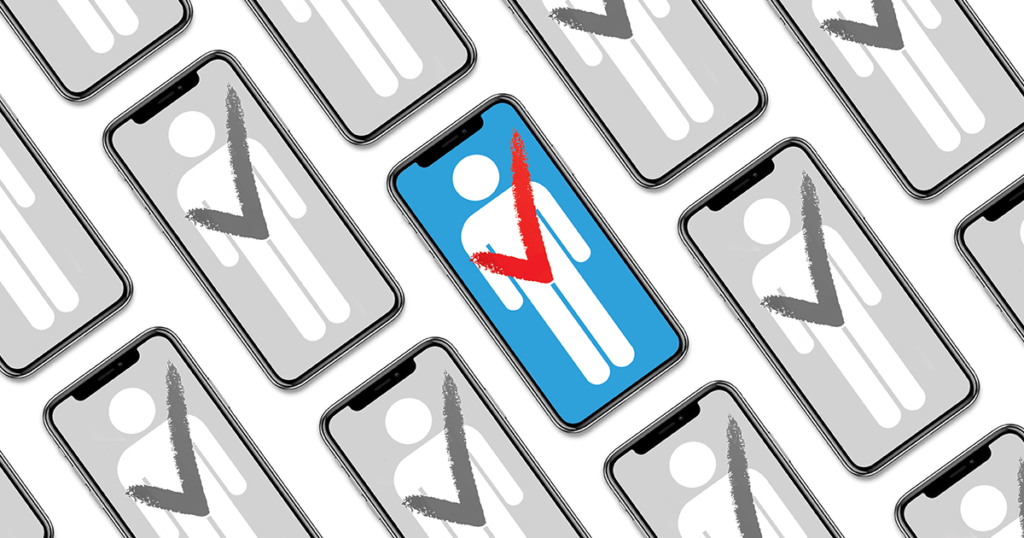
To prepare for the 2020 census, the Census Bureau expects to hire about 500,000 people early next year. It’s the largest mobilization of federal employees short of a war, but that number is about a 25 percent decrease since the last census. For the first time, the U.S. census will accept online responses, replacing paper-pushers and pavement-pounders with technology.
Census planners anticipate that most responses will come in online, which could save time and money. But they also have no other choice. Traditional census taking relies on address lists and mailboxes. Adults under 40 are much less likely to have a phone or mailbox that is linked to a physical address, and millennials, who now make up one-third of the U.S. adult population, use the postal service much less than older adults do. Generation Z, people under the age of 23, use it even less.
Census response rates have been falling in recent decades, and it’s expensive to follow up with nonresponders in person. The bureau needs to ensure that online response rates are high, and despite the supposed ease of answering online census questionnaires, they aren’t taking any chances. In addition to spending close to $500 million on an advertising campaign that will emphasize Twitter, Facebook, Instagram, and Snapchat, census planners are teaming up with 1,500 “partnership specialists” to find creative ways of motivating people to answer census questions. For instance, Jon Park, coordinator for Kentucky’s Complete Count Committee, has proposed a census pep rally at an NCAA basketball game in Louisville. Coaches and players would encourage viewers to answer census questions on their cell phones during a break in the game.
Census taking at a basketball game—what could possibly go wrong? Still, it’s not distracted sports fans who could upset the Bureau’s technical innovations but rather a controversial new census question: “Is this person a citizen of the United States?” The question, which has been challenged in the Supreme Court, seems likely to survive. If it does appear on the 2020 census, the bureau estimates that 6.5 million people might not be counted, a number roughly equivalent to the entire population of Indiana. The more people who don’t respond, the more census organizers will be forced to rely on human volunteers to track them down—just as they did in 1790.

